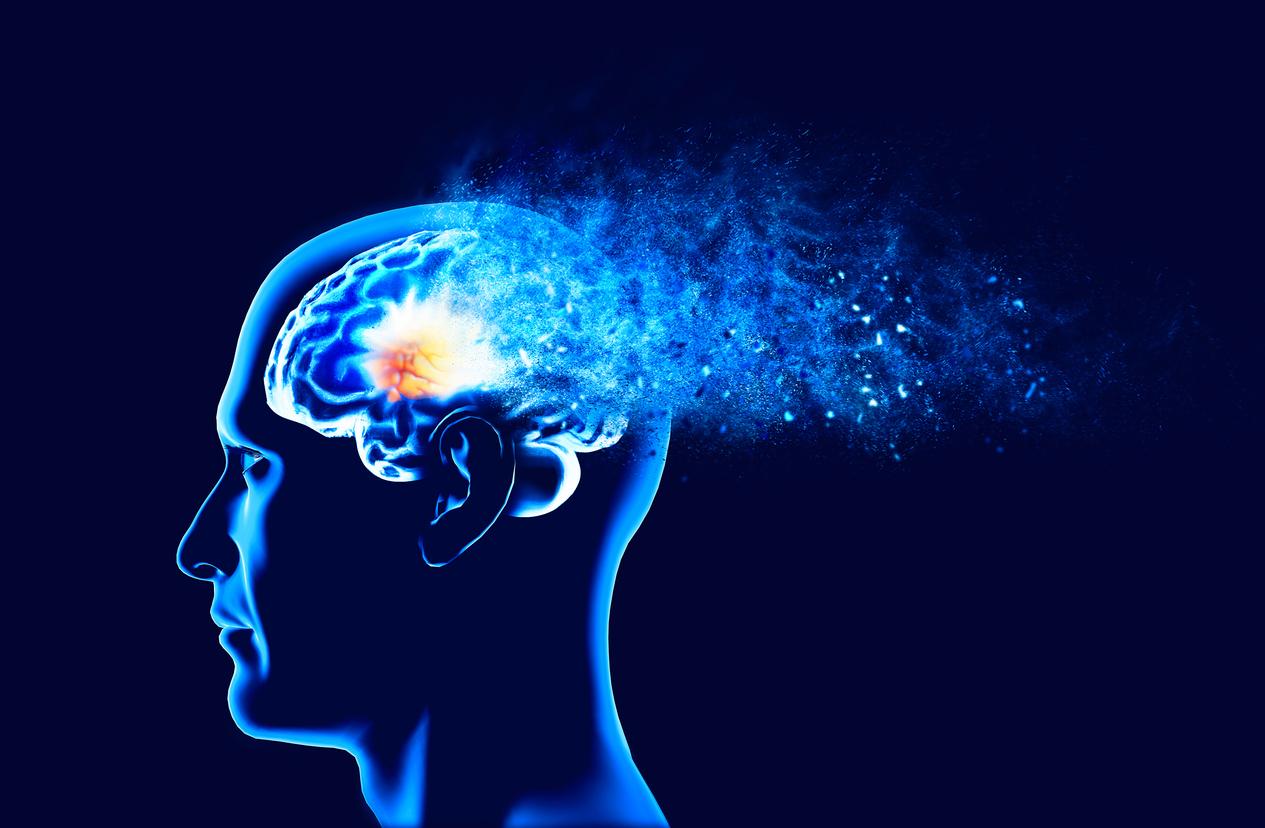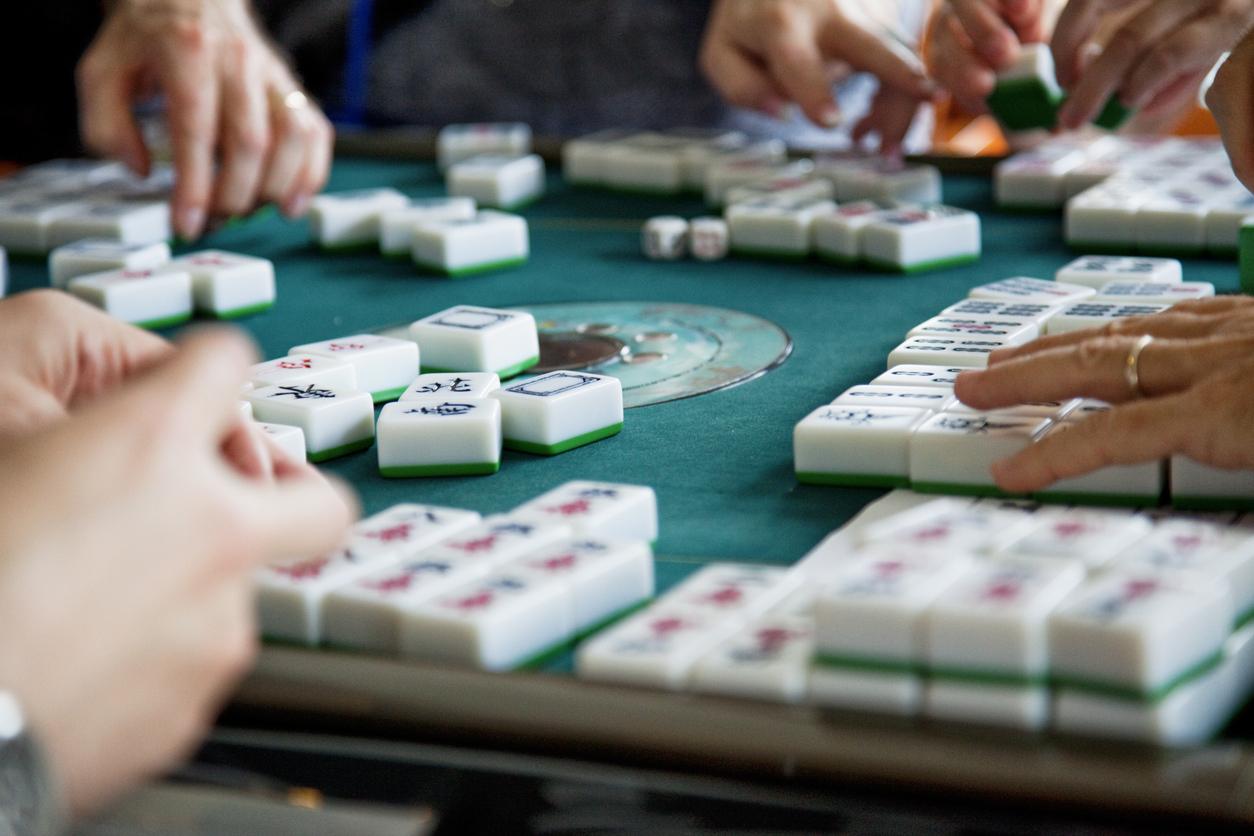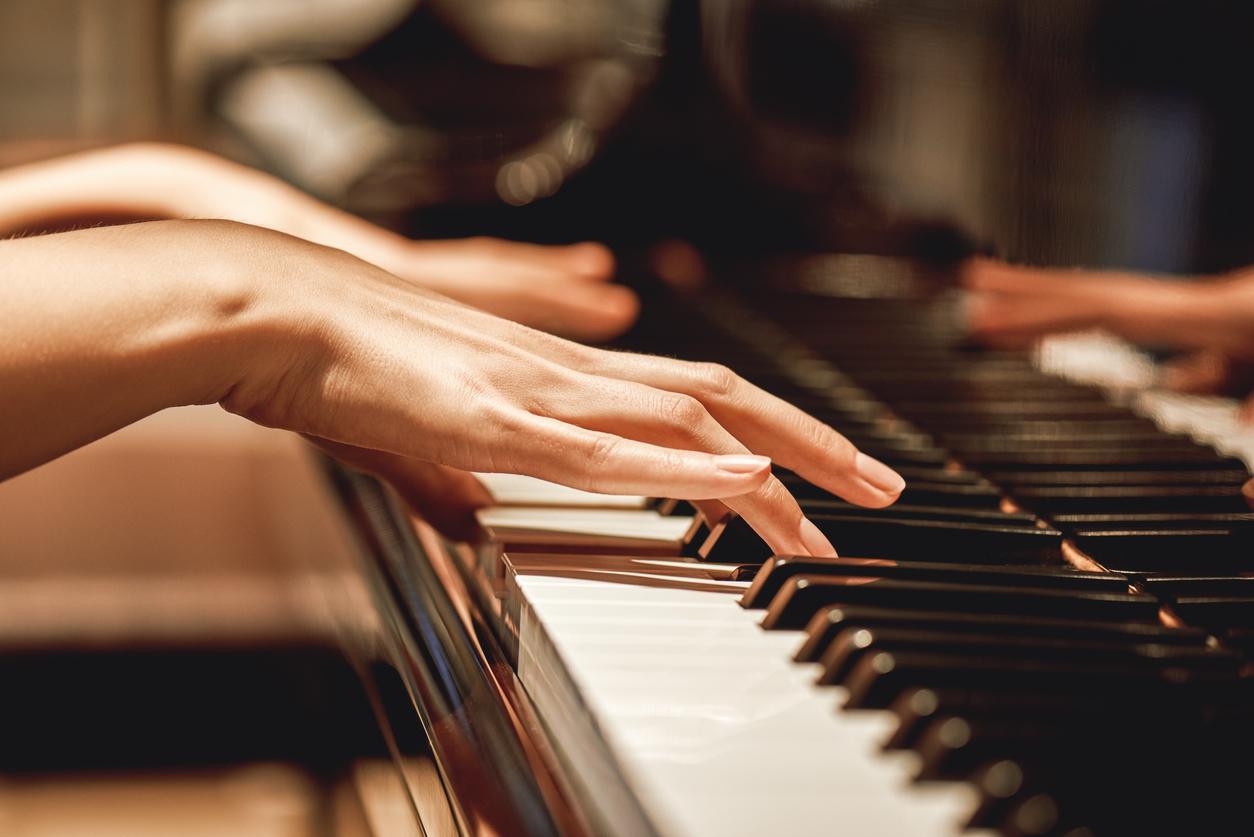
Thursday, September 18, 2014 – It is “The plurality of memory” that characterizes the individual: long-term memory, short-term memory, episodic memory, semantic memory, procedural memory, working memory and even “False memories” (due to imagination, generalization or even the implantation of erroneous information). Prof. JAFFARD explains that “ the hippocampus is the key structure that supports our memory ”. Infringements on humans mainly affect the memory of memories and spare the acquisition and conservation of know-how.
We see this phenomenon in particular in a case where the patient has forgotten everything about his past: his own name, his wife, his children and his work. “These amnesias result in a sudden loss of personal identity. They massively reach so-called “autobiographical” memory, that of personal memories “ explained Prof. Eustache – Chairman of the Scientific Council of the Observatoire B2V des Mémoires.
How can we preserve memories?
Researchers’ work shows that cognitive decline begins 17 years (on average) before the diagnosis of Alzheimer’s disease. Studies show that people with a high level of education have more gray matter in the brain and a lower risk of triggering the disease. Other work on seniors indicates that indulging in stimulating leisure activities (reading, museums, board games, crosswords) reduces intellectual decline and the risk of Alzheimer’s ; and all the more so if these activities are practiced frequently and for a long time.
Prof. AMIEVA – member of the Observatoire B2V des Mémoires – also mentioned three other elements that help to age better in the brain : regular sporting activity, a correct diet favoring certain foods (ex: Mediterranean diet) and the quality of social relations. While for example, the overload of work shows a detrimental character on the functioning of the memory.
Can digital help preserve memory?
The digital revolution is based on increasingly efficient information storage devices which can be considered as external supports for our own memories. For Jean-Gabriel GANASCIA – member of the Observatoire B2V des Mémoires – to speak directly of digital or artificial “memories” is a misnomer. Indeed, even if research is currently being carried out in this direction, these storage devices do not yet make it possible to reproduce certain essential functions of human memory: reminiscence, recognition, imagination, etc.
The current challenge is to succeed in better organizing and taking advantage of all this data. As to whether this mass of information just a click away impoverishes our own memories: the debate remains open!
Thursday September 18 Program: School Day
More than 250 students from Basse-Normandie will come and test throughout the day fun and educational workshops making it possible to explain memory and its functioning, therefore in particular a full-scale MRI model as well as software for explaining the memorization of instructions in rats.
This day will end with an intergenerational Memorial Championship following the project “A grandparent, a parent, my teacher and me”, organized by the Observatoire B2V des Mémoires.
To download :
the press kit
the program
Website www.semainedelamemoire.fr




![]()

















